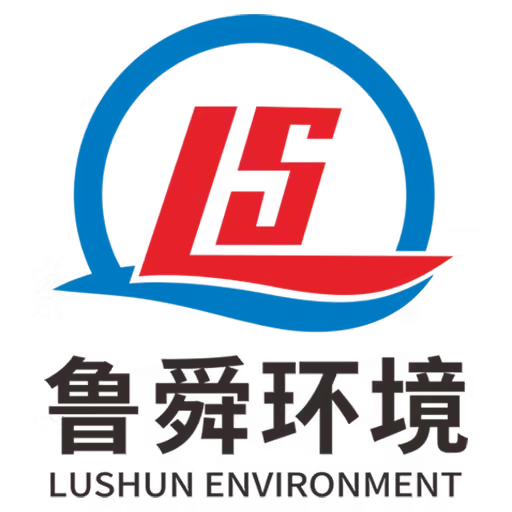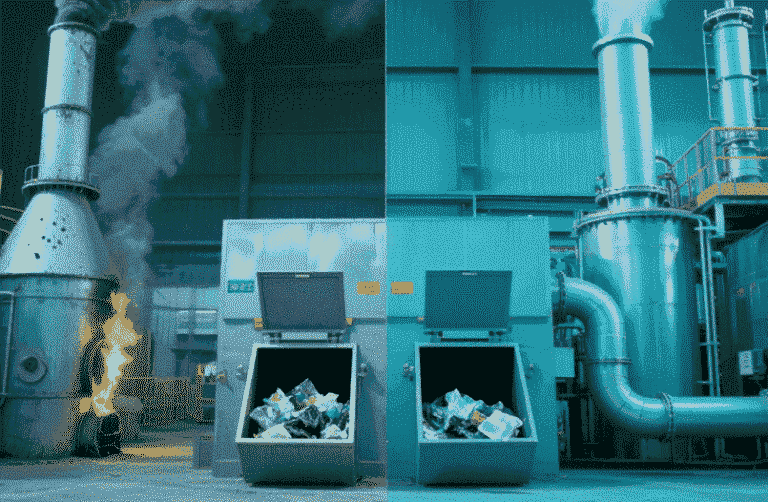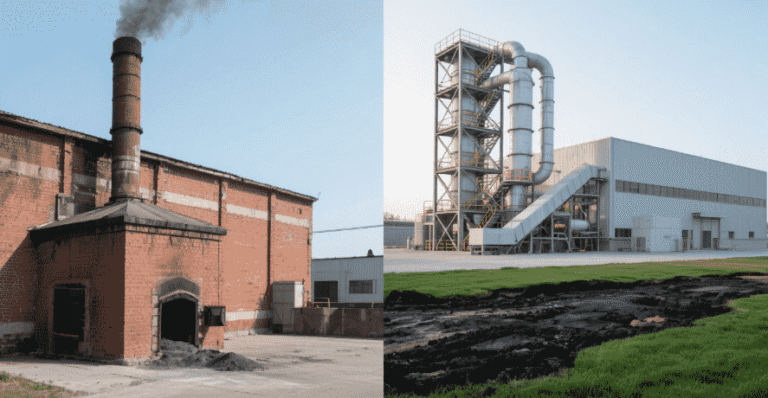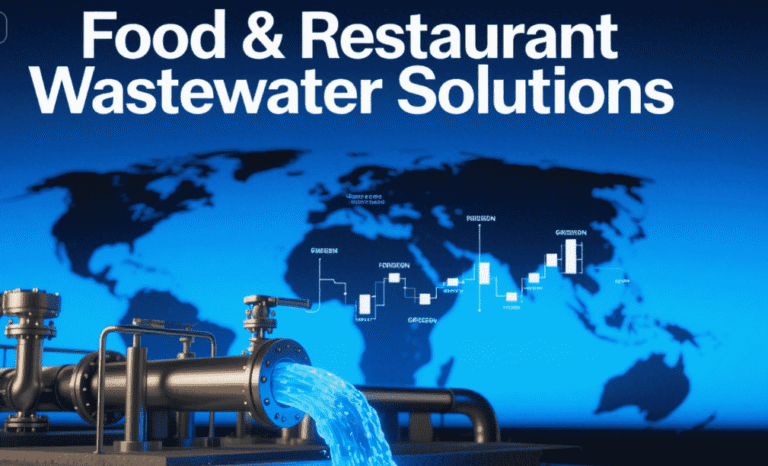Welcome to My Blog! 🌟
I’m so glad you’re here! Before we jump into the exciting content, I’d love for you to connect with me on my social media platforms. It’s where I share extra insights, interact with our amazing community, and post regular updates. Here’s how you can join the conversation:
📘 Facebook: Follow me on Facebook for more updates
Now, let’s dive into the journey ahead. I hope you find everything here both engaging and valuable. Together, let’s explore, learn, and grow! 🚀
Table of Contents
Introduction

Food processing wastewater is an unavoidable byproduct of food manufacturing and packaging operations. This type of wastewater is generated during various stages such as washing, cooking, cutting, and sanitizing. It often contains a complex mixture of organic matter, oils, grease, cleaning agents, and suspended solids.
Proper management of food processing wastewater is essential not only to meet environmental regulations but also to promote sustainability, prevent contamination, and reduce operational costs. This blog outlines four essential rules that all food producers should follow to ensure they handle food processing wastewater efficiently and responsibly.
Rule 1: Know Your Wastewater Composition
Understanding the exact composition of your food processing wastewater is not just good practice—it’s essential for designing a successful treatment strategy. Every type of food production generates unique waste characteristics. Dairy plants typically produce wastewater rich in lactose, proteins, and fats, while fruit and vegetable processors may generate streams high in sugars, starches, and fibers. In contrast, meat processing effluents can be loaded with nitrogenous compounds and blood residues.
To effectively treat food processing wastewater, regularly test and track these critical parameters:
- Biochemical Oxygen Demand (BOD): Indicates the level of biodegradable material.
- Chemical Oxygen Demand (COD): Measures total chemical pollutants, including non-biodegradable ones.
- Total Suspended Solids (TSS): Solids that can clog or damage treatment systems.
- Fats, Oils, and Grease (FOG): Common in dairy, meat, and frying operations.
- pH levels: Affects microbial treatment efficiency.
- Temperature: Influences biological activity and system stability.
By closely monitoring these metrics, food manufacturers can prevent overloading their treatment systems and ensure efficient operation. This data-driven approach enables early detection of abnormal discharges and supports compliance with regulations.
Rule 2: Choose the Right Treatment Technologies
Choosing the right mix of treatment technologies is crucial for handling food processing wastewater effectively. The choice should be tailored to the nature of your wastewater and the environmental regulations in your jurisdiction. Whether you’re dealing with high organic loads, excessive FOG, or pathogens, there are specialized technologies to meet your needs.
Common Treatment Methods for Food Processing Wastewater
| Treatment Method | Description | Best For |
|---|---|---|
| Screening | Removes large solids and debris | Initial pre-treatment |
| Dissolved Air Flotation (DAF) | Removes FOG and suspended solids using microbubbles | Dairy, meat, and fish processing |
| Anaerobic Digestion | Uses microorganisms to break down organic matter without oxygen | High-strength organic wastewater |
| Activated Sludge System | Aerobic treatment to reduce BOD and COD | General food manufacturing |
| Membrane Filtration | Physically separates contaminants using fine membranes | Beverage and fine particulate removal |
| UV Disinfection | Destroys pathogens using ultraviolet light | Final polishing before discharge |
No single technology can address all aspects of food processing wastewater, so a multi-stage approach is often most effective. For example, using screening and DAF before biological treatment can significantly reduce system overload and maintenance costs. Likewise, combining anaerobic digestion with membrane filtration can optimize both energy recovery and water reuse.
Rule 3: Comply with Local and International Regulations
Regulatory compliance is not merely a legal requirement—it’s a strategic cornerstone of responsible business operations in the food industry. Because food processing wastewater can contain pollutants like fats, oils, proteins, sugars, nitrogen compounds, and pathogens, it poses a serious risk to public health and the environment if left untreated. As such, national and international regulations exist to mitigate these risks.
Whether your facility is operating in the United States, Europe, Asia, or another jurisdiction, failure to meet regulatory requirements can lead to steep penalties. In the U.S., the Environmental Protection Agency (EPA) regulates industrial wastewater through the National Pollutant Discharge Elimination System (NPDES). Meanwhile, European producers must comply with the Urban Waste Water Treatment Directive, and countries such as China, India, and Brazil have implemented their own stringent guidelines to regulate effluent discharge.
Key Compliance Considerations:
- Obtain permits: Always secure appropriate discharge permits. These outline acceptable limits for various pollutants, including BOD, COD, TSS, and pH, depending on local environmental standards.
- Effluent monitoring: Routine sampling of food processing wastewater is essential. It verifies ongoing compliance and ensures early detection of anomalies.
- Recordkeeping and audits: Detailed documentation of monitoring data, corrective actions, and system performance is often legally required and helps during surprise inspections or internal audits.
- Emergency preparedness: Establish robust contingency plans to manage spills, equipment failures, or sudden surges in wastewater volume.
Non-compliance doesn’t only lead to monetary penalties. Your brand’s reputation can be seriously damaged if local media reports environmental violations, or if community stakeholders lose trust in your environmental stewardship. Litigation and business license suspensions are also common consequences in severe cases.
To maintain long-term compliance, food processors should establish an Environmental Management System (EMS) that includes regular audits, employee training, updated regulatory reviews, and communication with regulatory bodies. Staying proactive not only helps avoid legal troubles but also demonstrates a commitment to corporate sustainability, which is increasingly valued by consumers and investors alike.tal experts. Being proactive rather than reactive helps ensure sustainable and lawful operations.
Rule 4: Reduce Wastewater at the Source

The best way to manage food processing wastewater is to reduce its volume and pollutant One of the most effective ways to improve food processing wastewater management is to prevent excessive water use and contamination before it happens. This strategy—known as source reduction or pollution prevention—emphasizes minimizing waste generation at its origin rather than treating it later. It’s a proactive, cost-efficient, and sustainable approach embraced by modern food manufacturers.
By minimizing the amount and strength of the wastewater generated, facilities can reduce the complexity and operational cost of downstream treatment systems. Additionally, source reduction helps lower water utility bills and reduces the risk of system overloading, which can cause non-compliance or equipment failure.
Practical Wastewater Reduction Techniques:
- Install high-efficiency equipment: New-generation washers, fillers, and conveyors consume significantly less water per unit of production. Even a 10% reduction in rinse water use can result in substantial savings.
- Water recycling systems: Closed-loop water systems reuse rinse water or cooling water in non-critical applications after minimal treatment. This reduces the volume of freshwater needed and the wastewater generated.
- Automated CIP (Cleaning-In-Place): Using automated CIP systems reduces human error, optimizes chemical usage, and minimizes water consumption during equipment cleaning.
- Solid waste pre-separation: Installing screening systems, catch basins, and trash interceptors ensures that solids like vegetable peels, meat trimmings, and packaging scraps do not enter the wastewater stream.
- Employee engagement and training: Train your team on water-saving practices, leak detection, and standard operating procedures that prioritize clean production.
Here’s an example of how effective source reduction can be: A snack food manufacturing plant in the Midwest installed variable-flow nozzles and adjusted its CIP protocols, reducing food processing wastewater generation by 25% over six months—while also saving $50,000 in annual utility costs.
Investing in source control also improves overall plant hygiene, product quality, and worker safety. It makes compliance easier, lowers treatment costs, and strengthens your brand’s environmental credentials. In a time when sustainability certifications and ESG reporting are becoming standard for global food businesses, investing in water-efficient processes pays off in every direction.
Conclusion
Managing food processing wastewater effectively involves a comprehensive understanding of its composition, strategic application of treatment technologies, regulatory compliance, and a commitment to source reduction. Following these four essential rules helps businesses stay environmentally responsible while boosting operational efficiency.
By investing in best practices and adopting a proactive mindset, food processing companies can turn wastewater management from a compliance burden into a competitive advantage.
FAQ
What is food processing wastewater?
Food processing wastewater is liquid waste generated from cleaning, cooking, processing, and sanitizing activities within food production facilities.
Why is food processing wastewater treatment important?
Effective treatment prevents environmental pollution, meets regulatory requirements, and reduces water usage and operational costs.
How can I choose the best treatment system?
Start by analyzing your wastewater’s composition and consulting with environmental engineers to determine the most suitable technologies.
Can food processing wastewater be reused?
Yes, treated wastewater can be reused for non-potable applications such as cooling towers, irrigation, and equipment washing.
How often should I test my wastewater?
Testing frequency depends on the facility size and local laws, but monthly or quarterly testing is typically recommended to ensure compliance.






